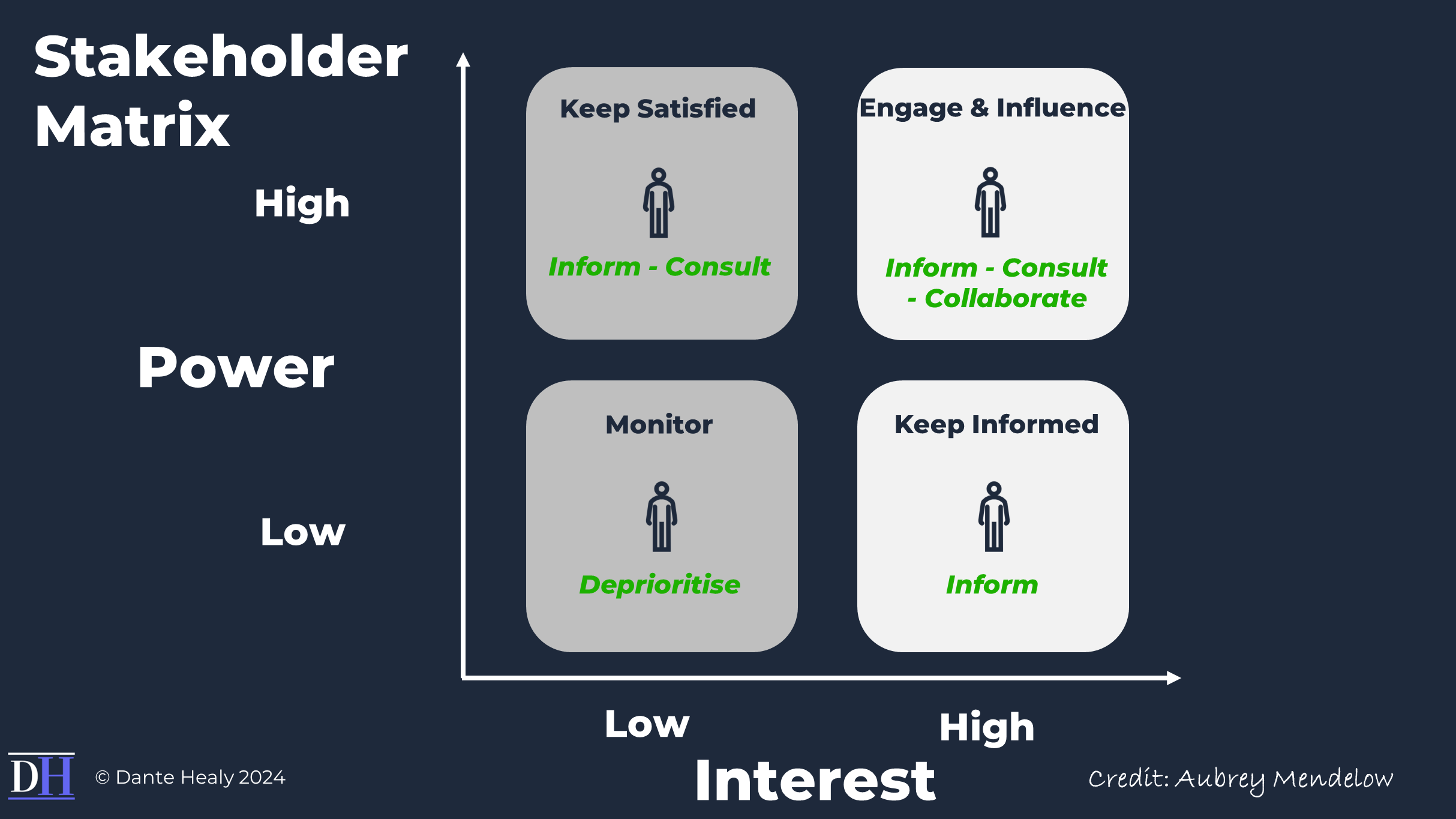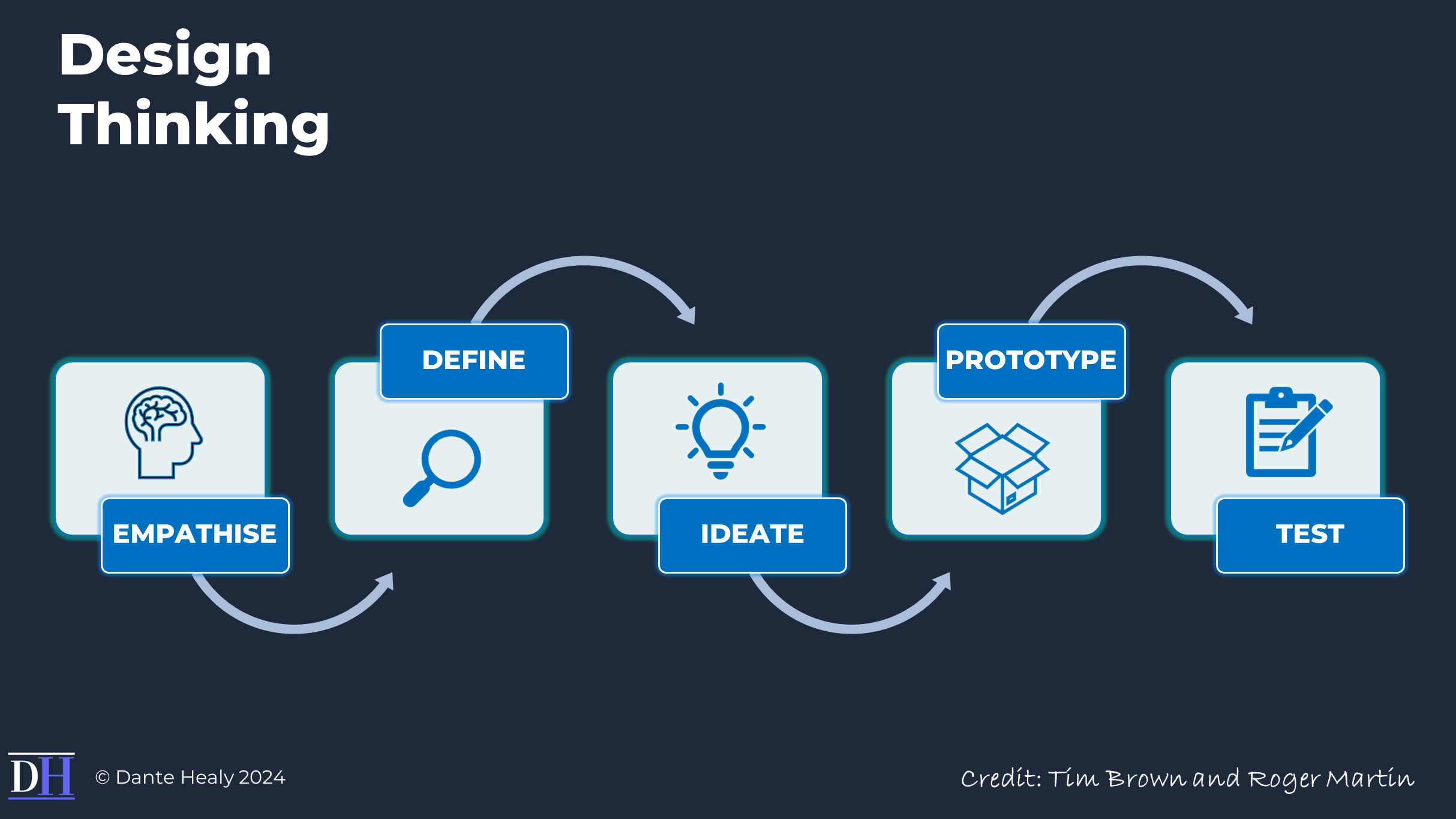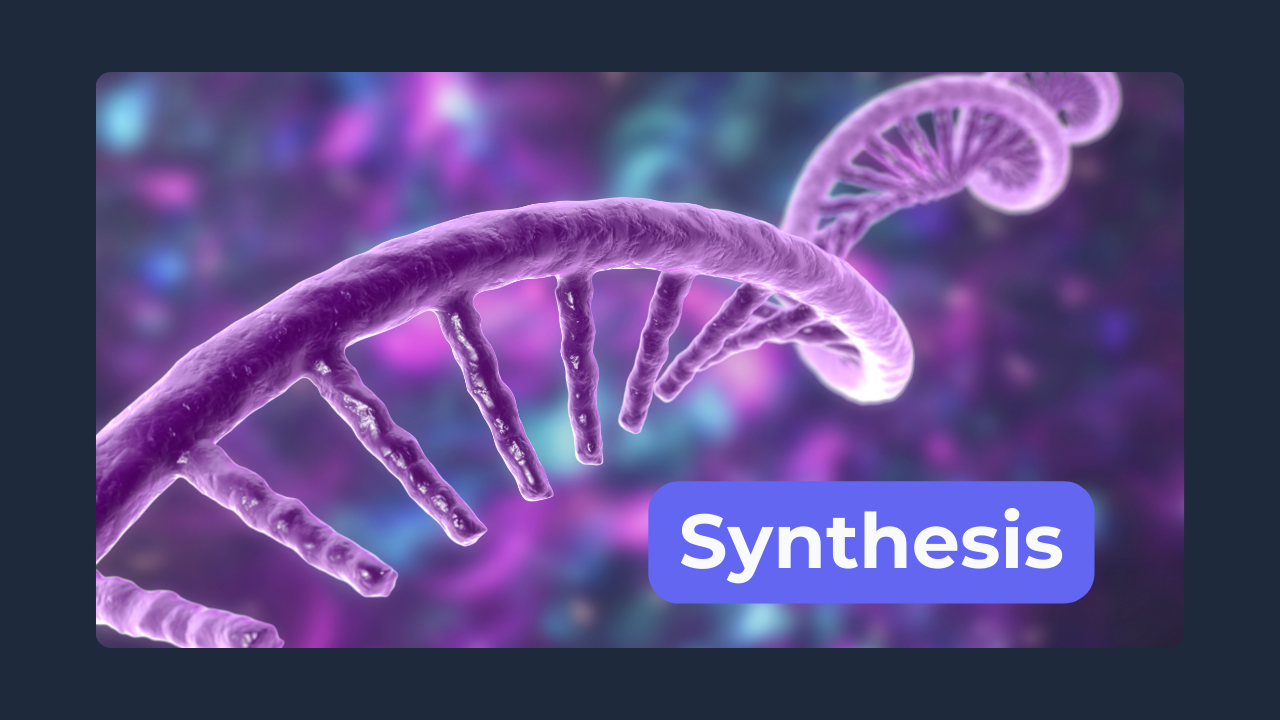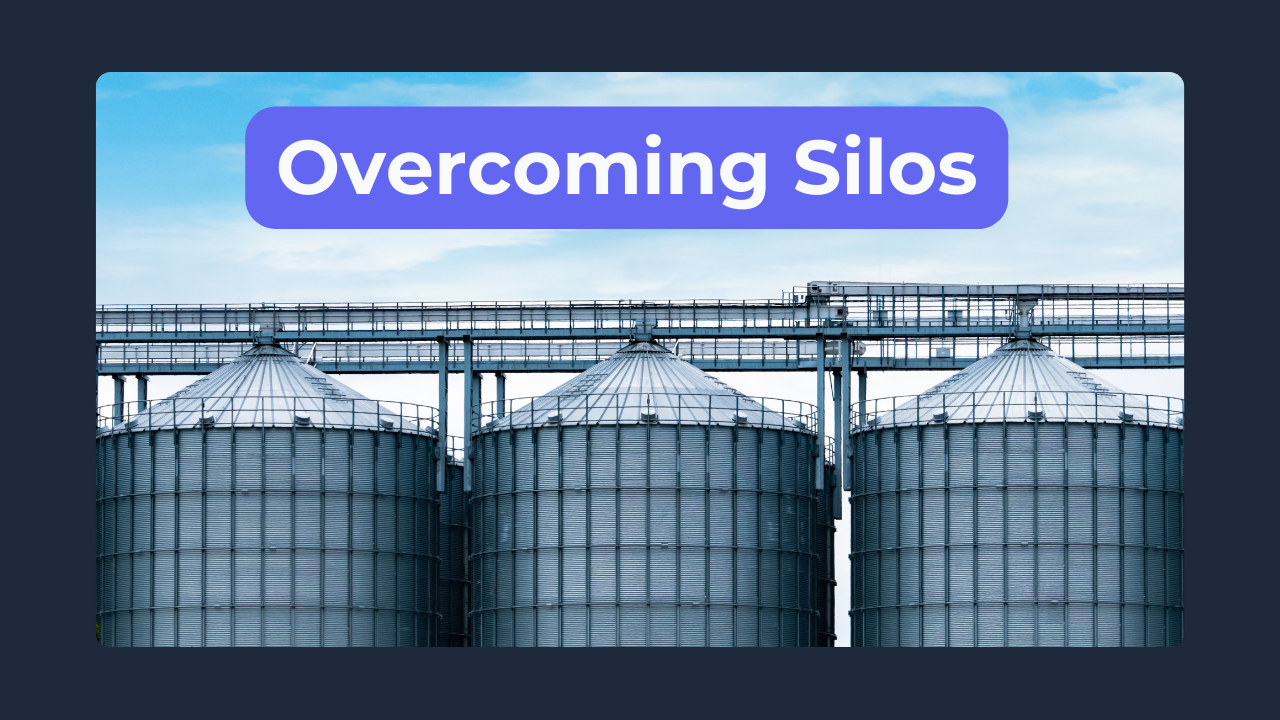Reimagining Transformational Leadership!
Stop Chasing Symptoms and Start Targeting Root Causes in Business Transformation.
In today's rapidly changing business environment, the role of a leader is more intricate than ever. Traditional management skills are no longer enough.
As stewards of growth, you must dig deeper, understanding the larger forces at play that shape your organisation's future.
It is about shifting focus from quick fixes to discovering and resolving the root causes. This approach not only fortifies your company against immediate challenges but also sets a solid foundation for navigating macro trends.
Let us embark on a journey to redefine leadership for the transformative era.

Embracing the Full Spectrum of Leadership
Embracing the Full Spectrum of Leadership
Leadership is an art that demands the vision to see beyond the day-to-day tasks. It is about peering over the horizon, finding the core issues that hold back transformation. To do this, leaders apply multiple skills – you become part psychologist, part sociologist, and part strategist.
By adopting these roles, you gain a better grasp of the human elements that drive change, the cultural underpinnings that define your organisation, and the long-term strategies that sustain growth. In this article, I aim to unpack how these varied perspectives can elevate your leadership approach.
Such as moving from firefighting to foundational change, by adopting the Eisenhower Matrix to discern between the urgent and the important, ensuring we give our focus where it truly transforms.

Beyond Employee Buy-In
Beyond Employee Buy-In
The psychological aspect of leadership is crucial when it comes to business transformation. It goes beyond getting a nod from your teams; it is about fostering an environment where change is not an inconvenience but welcomed.
Start by communicating the 'why' behind the change – make it compelling and relatable. Encourage a mindset where challenges instead become opportunities for growth.
Acknowledge the discomfort that comes with change and provide the support and tools to help your team navigate this. Most importantly, lead by example. When your team sees you adapting, learning, and growing, they are likely to follow suit.
By applying the Pareto Principle, we discover that 80% of our transformation's success comes from 20% of our efforts—highlighting the power of concentrating on the 'big rocks' of our challenges.

Cultivating Resilient Cultures
Cultivating Resilient Cultures
An organisation is a community, and like any community, it thrives on culture – the shared values, behaviours, and social norms that define it. In times of change, this cultural fabric is both your greatest asset and biggest obstacle.
Build a culture resilient to the winds of change by actively shaping social interactions towards collaborative problem-solving and collective adaptability. Recognise and celebrate the small wins to reinforce positive behaviours.
Understand that every member of your organisation contributes to the social dynamic – make every interaction count towards fostering a culture that is not just resilient, but antifragile, and poised to grow stronger with every challenge.
Embracing the 'Big Rocks First' principle, we learn the critical lesson of addressing our most substantial challenges upfront, ensuring smaller tasks do not distract us from our primary goals.

Sustainable Value Creation
Sustainable Value Creation
At the heart of transformation is the creation of sustainable value – not just financially, but also in terms of customer satisfaction, employee engagement, and societal impact. Economic savvy is vital. It allows you to read market conditions, foresee financial outcomes, and make informed investment decisions in people and technology.
Adopting an economist’s lens, assess the long-term value of initiatives against the cost, looking beyond the immediate to consider the cumulative impact. Focus on creating ecosystems within your organisation that self-sustain and grow, driving a transformation that pays dividends well into the future.
Guided by the Theory of Constraints, we can find and tackle the biggest bottleneck in our transformation journey, ensuring it no longer hampers our progress.

Political Acumen: Steering Through Complexity
Political Acumen: Steering Through Complexity
Navigating the political landscape within any organisation is often as complex as steering through the corporate world itself.
As a transformation leader, you must be adept at reading between the lines of organisational charts and understanding the informal networks of influence. Use your political acumen to build alliances, gain buy-in for transformative initiatives, and move your projects forward.
However, it is not just about playing the game – it is about reshaping the game to serve the higher goals of the organisation. Engage in open dialogue, harness the collective intelligence of your teams, and lead with transparency to turn potential adversaries into advocates for change.
Through Root Cause Analysis, we explore deep beneath the surface of immediate issues, uncovering and rectifying the underlying causes impeding our transformation.

Establishing the Ethics of Transformation
Establishing the Ethics of Transformation
In a world increasingly driven by data and innovation, where regulation often struggles to keep pace, a leader’s ethical grounding becomes not just important, but pivotal. Every decision you make should pass through the rigorous sieve of ethical reasoning, posing tough questions: Is this change fair? Does it contribute to the greater good? How will it affect not just the bottom line, but also the people and the planet?
To navigate these challenges, integrating the Principlism Approach with Stakeholder Analysis can provide a robust ethical framework for your decisions:
- Principlism Approach: This approach involves applying four key ethical principles—autonomy, beneficence, non-maleficence and justice. Each decision should respect individuals’ rights (autonomy), aim to do good (beneficence), avoid harm (non-maleficence), and be executed fairly (justice). This method helps ensure that each business move is not only legally compliant but also morally sound.
- Stakeholder Analysis: This analytical method requires you to map out and critically assess how your decisions impact all stakeholders. By understanding these impacts, you can align your actions more closely with the interests and rights of those affected, thereby fostering greater transparency and building trust.
The catastrophic collapse of Enron serves as a stark reminder of the repercussions when ethical oversight is compromised. By manipulating financial statements and hiding debts, Enron’s leadership not only misled investors and regulators but also precipitated the company’s dramatic downfall. The resulting job losses, eradication of life savings for thousands of employees and shattered investor confidence led to sweeping regulatory reforms, including the Sarbanes-Oxley Act.
Embedding a robust ethical framework in your decision-making process does more than just protect against similar fates; it elevates your leadership to a legacy you can be proud of. It ensures that the transformations you lead not only advance your organisation but do so in a manner that aligns with broader social values and responsibilities.
By firmly rooting your decisions in these ethical principles, you ensure that your transformative efforts are sustainable and just, creating lasting benefits for all stakeholders involved.

Integrating Multi-Disciplinary Perspectives for Robust Solutions
Integrating Multi-Disciplinary Perspectives for Robust Solutions
The journey of transformation is multi-faceted, and a one-dimensional approach will no longer suffice. Integrating insights from psychology, sociology, economics, and philosophy equips you with a more holistic view.
This integration enables you to formulate strategies that are robust, nuanced, and innovative. By synthesising these varied perspectives, you can predict the unexpected, turn challenges into opportunities, and guide your organisation to a future where success delivered as a one-time event, but sustainable over time.
We will explore frameworks and methods that help in weaving these threads into a coherent strategy, ensuring that you are not just solving problems but also crafting a vision.
Leveraging Design Thinking, we approach our transformation challenges with creativity and empathy, ensuring our solutions are not only effective but also innovatively address the needs of all stakeholders.

Synthesis: Integrating a Blueprint for Transformational Leadership
Synthesis: Integrating a Blueprint for Transformational Leadership
With a multi-disciplinary approach, the synthesis of ideas leads to transformative outcomes. It is the harmonious blend of insights from different fields that allows you to uncover root causes and craft comprehensive solutions.
Think of it as an orchestra where every instrument plays a part in creating a symphony—the outcome is greater than the sum of its parts.
The following section will offer a step-by-step guide to developing your synthesis skills, teaching you to draw on diverse knowledge pools and create a blueprint for leadership that tackles root causes and paves the way for enduring transformation.

Actionable Blueprint
Actionable Blueprint
As we embrace the synthesis of ideas across disciplines, the path forward calls for actionable steps to integrate these insights into our leadership practices.
Here are tangible takeaways to guide you:
1. Conduct a Weekly Reflection Session: Dedicate time each week to reflect on decisions and challenges through the lens of the different disciplines discussed. This practice will deepen your understanding and application of these insights.
2. Create a Cross-Functional Advisory Board: Set up a group including members from diverse departments and backgrounds. Use this structure as a sounding board for major decisions, ensuring a holistic perspective.
3. Implement 'Root Cause Workshops': Regularly schedule workshops with your team focused on uncovering the root causes of ongoing challenges. Employ techniques like the '5 Whys' to guide these sessions.
4. Adopt a 'Big Rocks' Planning Approach: At the start of each quarter, review your 'big rocks'—the most critical initiatives that will drive transformation. Ensure these are prioritised in your planning and resource allocation.
5. Develop an Ethical Decision-Making Framework: Work with your leadership team to create a framework for ethical decision-making. This framework should be a reference for all strategic decisions, ensuring alignment with broader social values.
6. Foster a Culture of Continuous Learning: Encourage your teams to explore concepts from psychology, sociology, economics, and philosophy that relate to your business challenges. Consider hosting a monthly book club or discussion group focused on these disciplines.
7. Leverage Design Thinking for Problem-Solving: Incorporate design thinking workshops to tackle complex issues, focusing on empathy with stakeholders, ideation, and prototyping solutions.
8. Engage in Political Mapping for Strategic Initiatives: Before launching any major initiative, conduct a political mapping exercise to name key stakeholders, their interests, and potential areas of resistance or support.
By embedding these actionable takeaways into your leadership approach, you ensure not only the application of a multidisciplinary perspective but also set the stage for genuine, root-cause transformation within your organisation.
Breaking Through Silos for Collective Insight
Breaking Through Silos for Collective Insight
Silos delay transformation, not just within departments but also in our ways of thinking. To truly lead transformative efforts, you must overcome these barriers to foster a culture of shared insight and collective wisdom.
Encourage cross-departmental collaboration that enables a free flow of ideas and solutions. Create spaces, both physical and virtual, that are conducive to open communication and brainstorming across all levels of the organisation.
We must address silos to cultivate an ecosystem where collective insight drives innovation and change.

The Transformation Leader’s Toolkit: Tools and Techniques for a Multidisciplinary Approach
The Transformation Leader’s Toolkit: Tools and Techniques for a Multidisciplinary Approach
A transformation leader’s toolkit should be as dynamic as the environment they work in.
This toolkit goes beyond the traditional; it holds frameworks for psychological engagement, methods for sociological analysis, economic models for sustainability, political strategies for influence and philosophical questions for ethical direction.
Throughout this series, we will not only list these tools but also provide guidance on when and how to use them effectively, with real-life examples from successful transformation campaigns.

Beyond the Here and Now
Beyond the Here and Now
As we reflect on the transformation leader’s journey. It is a path that requires you to look beyond immediate outcomes and consider the long-term implications and root causes of today’s challenges.
Reinforcing the need for a multidisciplinary approach and setting the stage for transformation leaders to forge a future that is not only successful for their organisations but also beneficial for all stakeholders involved.
You must be forward-thinking yet grounded, innovative yet practical, strategic yet adaptable.